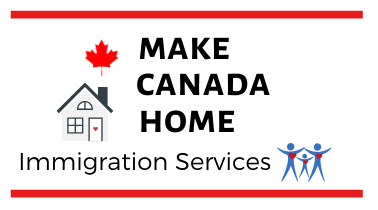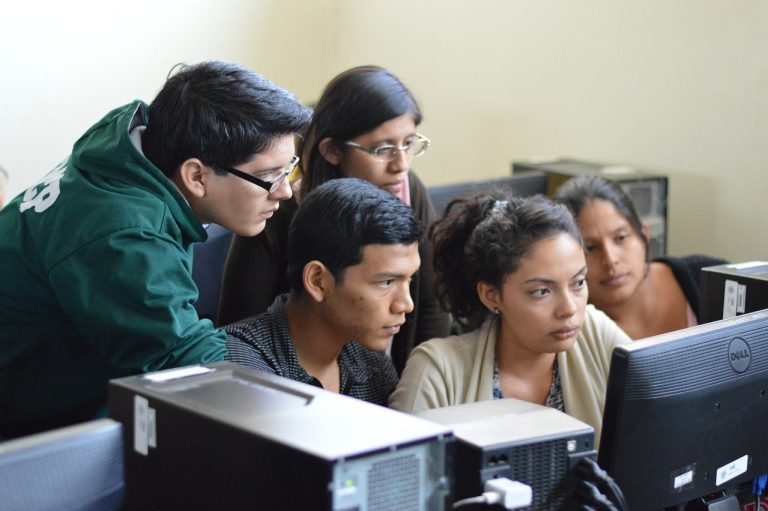Coming to Canada as an international student has become a popular pathway for immigration purposes. For those who have been “swimming” in the Express Entry pool for more than a year, the international student pathway is becoming attractive by the minute. In terms of processing time, there is no contest that this pathway provides a faster route to Canada compared to the Express Entry pathway.
According to Immigration, Refugees and Citizenship Canada a total of 6,055,114 visas and Electronic Travel Authorizations were issued to visitors, international students and temporary workers in 2018 representing a 6% increase from 2017. Apart from their significant contribution to the economy, IRCC recognizes international students as a good source of temporary workers and as future permanent residents. In 2016 alone the Canadian education sector generated CAD $15.5 billion from international students.
Also see IRCC Departmental Plan 2019-2020 which includes international students
Family members may come with international students
Under immigration law an international student may bring his spouse and children to Canada. This is another reason why this pathway is popular. The accompanying spouse is given an open work permit which means he can work for any employer without the positive Labour Market Impact Assessment (LMIA) usually required for temporary workers. Children who are in primary and secondary school will be given study permits, while those in pre-school will come to Canada under visitor visas. Meanwhile, children below the age of majority who come to Canada as international students may be accompanied by a parent who may come on visitor’s visa.
Students may work while studying
International students may work 20 hours a week on or off campus during the school semester and full time or 30 hours/week during semestral breaks. Students do not need a work permit to work but must have a Social Insurance Number which they can apply for after arriving in Canada.
DLI & PGWP
There are two stages to securing a study permit.
- Secure Letter of Acceptance (LOA) from a Designated Learning Institution (DLI) in Canada.
- Apply and obtain your study permit.
If he plans to stay in Canada after graduation, the international student has to be cautious when choosing a college because not all colleges with DLIs are eligible for Post-Graduation Work Permit (PGWP). If the college is not PGWP-eligible the student cannot stay in Canada and work towards his permanent residence after graduation. Although there are remedies when a student faces this unfortunate situation it is better to always start the right way to prevent unnecessary expenses and to keep stress levels minimal.
Once you’ve been accepted in a college or university you can start gathering your supporting documents for your study permit application.
The student may apply for study permit through one of the two streams for this pathway: Regular Stream or Study Direct Stream (SDS). Processing time for SDS is faster compared to the Regular Stream. For example it only takes 2 weeks to process study permits in the Philippines under the SDS while it takes 4 weeks to do it through the regular stream. Below are the eligibility requirements for both streams.
Regular Stream
- Enrolled in a Designated Learning Institution in Canada
- Proof of funds for tuition, living and travel expenses
- Police certificate/s
- Medical examination may be required
Study Direct Stream
(Available for residents of China, India, Philippines, Vietnam, Pakistan, Morocco, Senegal)
- Medical examination IS required
- Guaranteed Investment Certificate (GIC) of CAD $10,000 from a Canadian institution
- Proof of paid tuition fees for the first year of study
- Must have graduated from a Canadian high school or submit IELTS-Academic test result, minimum band score 6
Proof of funds & other costs
As mentioned above, Proof of Funds is an eligibility requirement for both study streams. The table below shows the minimum amount of money you need to support yourself and accompanying family members. Do note that proof of funds must be provided on top of the tuition fee to be paid to the college or university.
Number of persons coming to Canada
You (student)
First family member
Additional accompanying family member
Required amount per year
CAD $10,000
CAD $4,000
CAD $3,000
Required amount per month
CAD $833
CAD $333
CAD $255
This table reflects the proof of funds required for international students going to educational institutions outside the province of Quebec.
International student tuition fees are 3x more than local student fees. This is what makes this pathway more expensive than Express Entry. Tuition fees at universities are also usually higher than tuition fees at colleges. Tuition fees range from a low CAD $8,500 to a high CAD $32,000 per year.
Students must also pay the corresponding government processing fees for study permit, open work permit, visitor visa, biometric fees, as applicable. Third party costs to be included in the budget include police certificate fees, medical examination fees and language proficiency fees. Their may also be a need for statutory declarations or affidavits and commissioning.
Proof of language proficiency
Most colleges & universities require International English Language Testing System (IELTS-Academic) test report or TOEFL report as proof of language proficiency if the student comes from a non-English speaking country. Some institutions also exempt students from this requirement if their previous college used the English language as the primary medium of instruction. Moreover, Philippine passport holders have been exempted from this requirement in several colleges. If you’re a Filipino student and you want to explore this option do send us an email.
Stay in Canada after graduation
There are several options to attain PR status after graduation and working in Canada. These are through the Canadian Experience Class (CEC), Federal skilled Worker Program (FSWP), Federal Skilled Trades Worker Program (FSTWP), Provincial Nominee Program (PNP), Atlantic Immigration Pilot Program (AIPP) and the Rural and Northern Immigration Program (RNIP).
This table illustrates the eligibility criteria for the different pathways that international students may consider when working on their PR applications.
| Eligibility Criteria | CEC | FSWP | FSTWP | PNP | AIPP | RNIP |
| Language | CLB 7 if NOC 0 or A; CLB 5 if NOC B | CLB 7 in all abilities | CLB 5 for speaking & listening CLB 4 for reading & writing | Vary by province | CLB 4 | CLB 6 for NOC 0 & A; CLB 5 for NOC B; CLB 4 for NOC C & D |
| Type of Work Experience | Canadian work experience in NOC 0, A, or B | Experience in NOC 0, A or B | Experience in skilled trade under NOC B | Depends on the province | Not required | Not required |
| Amount of work experience | 12 months | 1 year continuous full time job | 2 years within the last 5 years | Depends on the province | Not required | Not required |
| Job Offer | Not Required | Not required; but you can get points for a valid job offer | Required; or Certificate of Qualification in that skilled trade issued by a Canadian provincial or territorial authority | Depends on the province | Required | Required |
| Education | Not required; but you get extra points for Canadian education | Secondary education. You can get more points for post-secondary education | Not required but you can get extra points for your Canadian education | Depends on the province | Graduated from a 2-year program in public college in the Atlanic region | Graduated from a 2-year program or master’s program in a public college / university. Was the in community for the length of your studies |
Table sourced from IRCC
Are you interested in coming to Canada as an international student? We can help you apply to colleges and universities Canada-wide. After we secure your LOA we can also help with your study permit processing and represent you before IRCC. Book a consultation with us today or send us an e-mail at mch.immigration@gmail.com to discusss your concerns.





1 thought on “International student pathway: what you need to know”